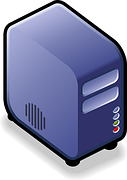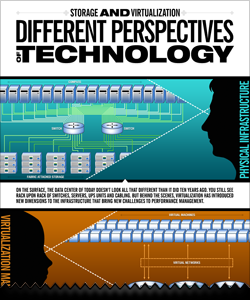Cloud migration has become a buzzword in the tech world. Businesses are racing to move their operations online, seeking flexibility and scalability. However, while cloud services promise numerous benefits, there’s a flip side that many organizations overlook. The excitement of migrating can sometimes mask potential pitfalls lurking beneath the surface.
Hidden costs can quickly pile up, turning an anticipated smooth transition into a financial headache. As you embark on this journey to the cloud, it’s crucial to be aware of what lies ahead. Understanding these hidden expenses can save your organization from unexpected budget overruns and operational disruptions. Let’s dive into some common traps companies fall into during cloud migration and explore practical strategies to avoid them.
Data Transfer Costs
When planning your cloud migration, data transfer costs can be a sneaky expense. Many organizations underestimate how much they’ll spend moving their existing data to the cloud. Most cloud providers charge for both outbound and inbound data transfers. This means any time you move large volumes of information, it could hit your budget hard. Even seemingly small datasets add up quickly over multiple transfers. You also need to consider the complexity of your current infrastructure. Migrating from legacy systems may require more bandwidth than anticipated, leading to higher costs. To mitigate these expenses, strategize what needs to be moved versus stored locally or archived.
Underestimated Migration Time
One of the biggest pitfalls in cloud migration is underestimating the time it takes to complete the process. Organizations often jump into migration with a rough timeline, thinking they can move everything quickly. However, this rarely happens. Unexpected hiccups can arise at any stage, from data inconsistencies to application compatibility issues. These problems can lead to significant delays that ripple through your project schedule. Not to mention, factors like staff availability and existing workloads are the key to how fast you can execute your plan. If team members are balancing multiple responsibilities, progress will slow down even further.


Integration Challenges
Migration to the cloud often brings a wave of excitement. However, integration challenges can quickly dampen that enthusiasm. Different systems and applications may not communicate seamlessly in a new environment. This misalignment creates friction that can slow down operations. Legacy systems might resist working with modern cloud services. Adapting old software to fit into new architectures is rarely straightforward. Moreover, data silos can emerge during the transition. When information remains trapped in isolated locations, it hinders collaboration and decision-making. So, planning for these hurdles early on can make all the difference.
Post-Migration Performance Tuning
After migrating to the cloud, many organizations overlook a crucial step: performance tuning. Just because you’ve successfully moved your data doesn’t mean everything will run smoothly. Cloud environments can behave differently than traditional on-premises setups. Performance bottlenecks may emerge due to resource allocation or network latency issues that didn’t exist before. Therefore, it’s essential to monitor applications closely in the early days post-migration. Utilizing cloud-native tools for monitoring can provide insights into how resources are being used. This information is invaluable when adjusting configurations and scaling services up or down based on real-time demand.
But these can still be huge problems if you don’t invest in staff training. So, consider workshops or online courses tailored specifically for your platforms. This investment pays off by reducing mistakes and enhancing productivity. By prioritizing education, you’re not just avoiding hidden costs; you’re also building a resilient workforce equipped to reap the biggest benefits of your cloud infrastructure. Adopting this approach leads to smoother transitions and sets the stage for future innovations as your organization grows in its cloud capabilities.…


































































































